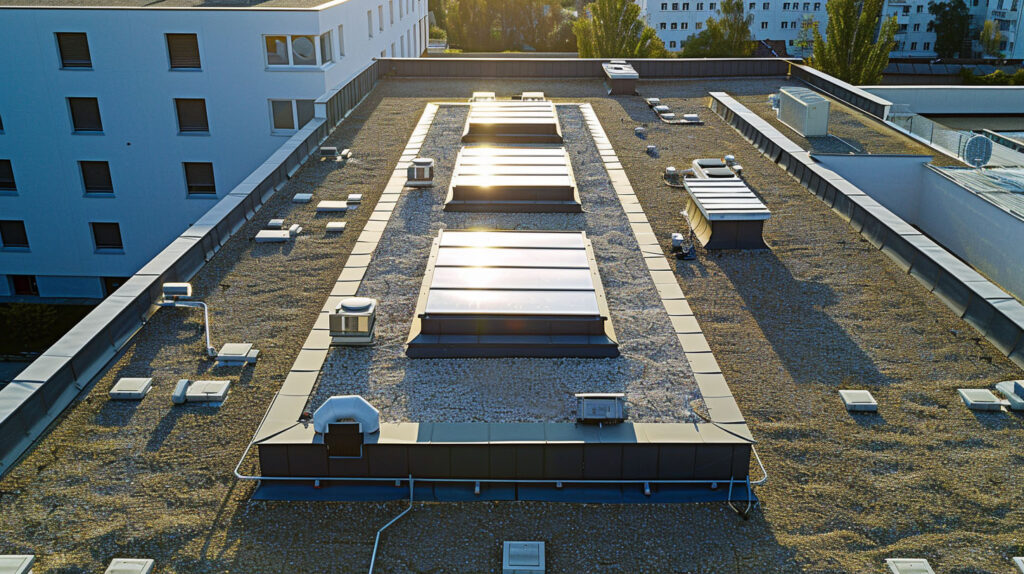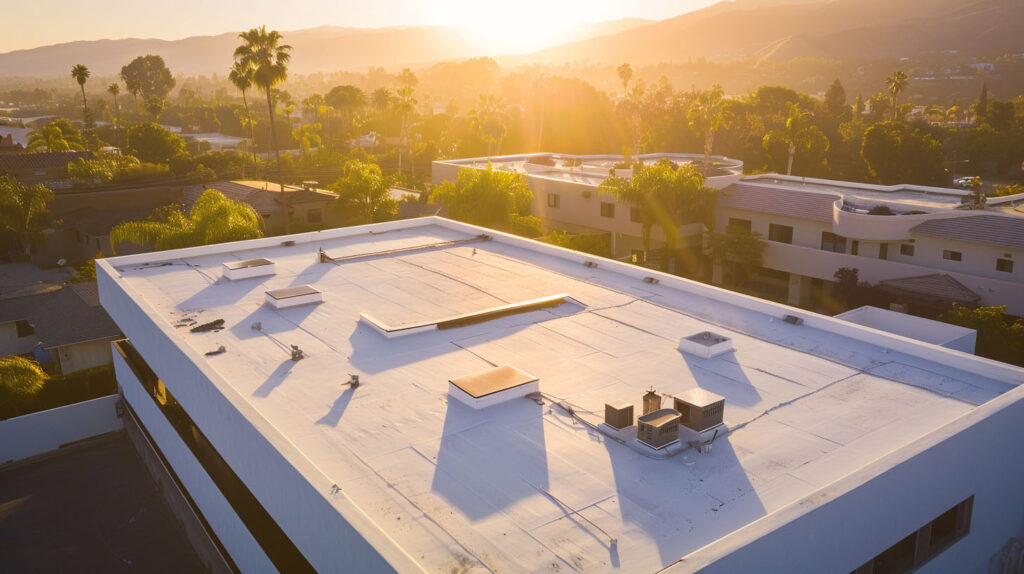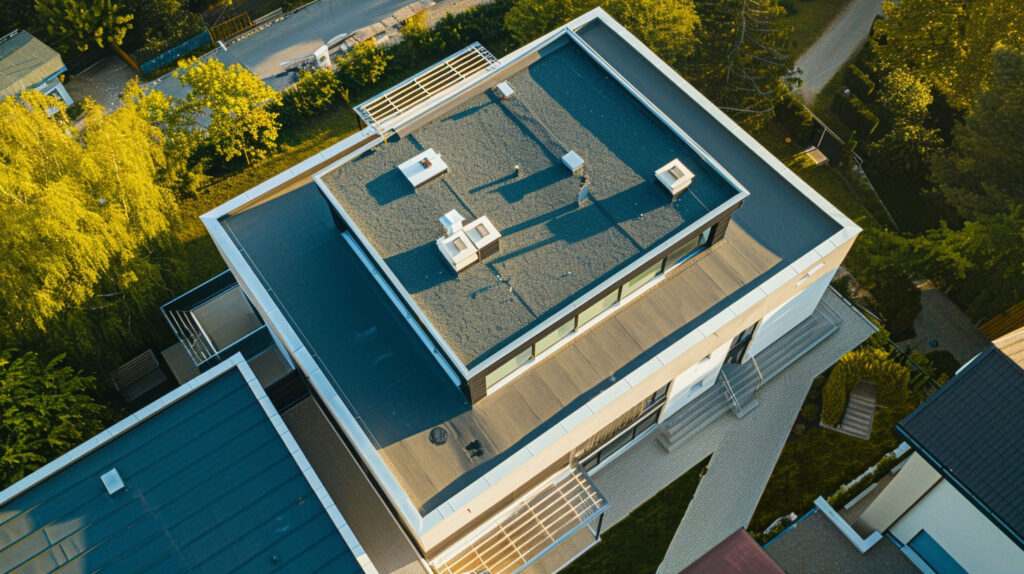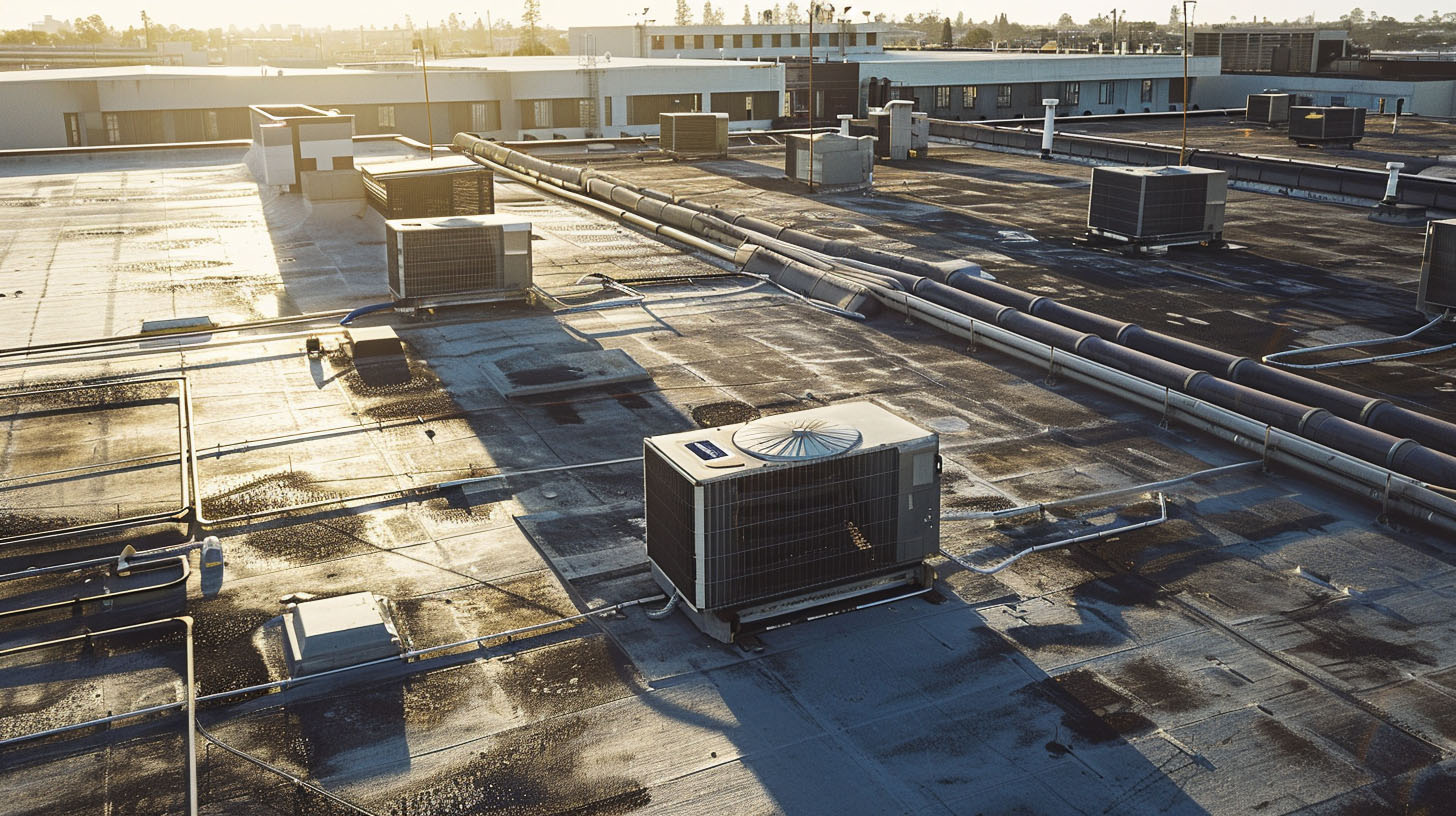Why Flat Roofs Need Special Attention in Hot Climates
Flat roofing systems boast modern aesthetics and practicality, but in hot climates like Long Beach, CA, face specific challenges. Sustaining energy efficiency and enduring the effects of harsh weather conditions require careful planning and tailored solutions. Understanding how to maintain and maximise the performance of flat roofs can save property owners from costly repairs and excessive heating or cooling costs. Whether for a residential or commercial property, Specialist Roofing & Repair ensures your flat roof stands strong and efficient over time.
Unique Challenges of Flat Roofs in Hot Climates
Flat roofs are especially vulnerable in hot climates due to their structural design and constant exposure to the sun. High temperatures can exacerbate wear and affect roofing materials, making regular upkeep critical.
Moreover, flat roofing faces unique weather-related stress, including heavy rains and temperature shifts. Proper maintenance becomes an integral part of ensuring the roof’s resilience. Collaborating with professionals like Specialist Roofing & Repair allows property owners to mitigate these challenges efficiently and prolong the roof’s durability.
Heat Absorption and Its Impact on Roofing Materials
Intense heat in hot climates significantly affects the performance of roofing materials, particularly those used in flat roofing systems. High temperatures lead to accelerated heat absorption, resulting in increased thermal expansion and contraction that can compromise the integrity of elevated materials, such as ethylene propylene diene monomer (EPDM) and polyvinyl chloride (PVC). This phenomenon can reduce the lifespan of a flat roof, necessitating regular inspections and maintenance to mitigate the risk of water pooling and subsequent damage from extreme weather conditions.
Increased Risk of Membrane Degradation
The longevity of flat roofing systems heavily relies on their membranes, which are designed to withstand various weather conditions. However, extreme temperature fluctuations can lead to increased risk of membrane degradation, particularly with synthetic rubber materials like ethylene propylene diene monomer (EPDM) and polyvinyl chloride (PVC). These membranes may experience cracking or splitting over time, especially in hot climates, ultimately compromising the roofing system’s integrity. Regular inspections and proper maintenance are crucial to detect any vulnerabilities early, ensuring a longer lifespan of your flat roof.

How Flat Roof Design Affects Performance in High Temperatures
The design of flat roofing directly influences its performance under the strain of high temperatures. Design elements like minimal slope and optimised insulation play essential roles in controlling heat absorption and preventing water accumulation. A well-thought-out design ensures the roof’s ability to endure temperature stress while maintaining its structural integrity.
Additionally, flat roofs provide valuable opportunities for space utilization, such as installing solar panels or creating rooftop gardens. Specialist Roofing & Repair ensures design efficiency to support your property’s functionality and comfort.
Minimal Slope and Water Drainage Issues
Having a minimal slope in flat roofing systems can lead to significant water accumulation during heavy rainfall, which increases the risk of water pooling and related damage. Proper drainage design is crucial to avoid the embarrassing amount of time and money spent on repairs. Space utilization can also be compromised if drainage issues are not addressed. Regular inspections and maintenance can enhance the lifespan of your flat roof, ensuring its performance remains intact despite extreme weather conditions prevalent in hot climates.
Ventilation and Insulation Considerations
Effective ventilation and insulation are paramount for flat roofs in hot climates. These elements work together to regulate interior temperatures, enhancing energy efficiency. Insufficient ventilation can lead to temperature fluctuations, contributing to membrane degradation and reduced lifespan of your flat roof. Meanwhile, choosing the right insulation not only mitigates heat absorption but also minimizes the risk of water pooling and subsequent water damage. Regular inspections and maintenance ensure that these systems perform optimally, safeguarding your investment against harsh weather conditions.
The Importance of Material Selection for Flat Roofs
Different climate conditions call for specific materials to optimise durability and performance. Specialist Roofing & Repair collaborates with premium brands, such as GAF and ASC, to provide reliable roofing options tailored to varying environmental challenges.
Best Roofing Materials for Hot Weather
Choosing appropriate roofing materials is crucial for durability and efficiency in hot climates. TPO (Thermoplastic Polyolefin) stands out due to its reflective properties, enhancing energy efficiency while minimizing heat absorption. PVC (Polyvinyl Chloride) offers remarkable weather resistance and longevity, making it a popular choice for commercial buildings. Modified bitumen provides additional protection against extreme weather conditions and water pooling, ensuring proper maintenance remains manageable. These materials not only enhance aesthetic appeal but also significantly extend the lifespan of your flat roof when maintained correctly.
Comparing Brands: Owens Corning, Polyglass, GAF, CertainTeed, ASC
Owens Corning, renowned for its innovative flat roofing systems, offers durable options that withstand extreme weather conditions. Polyglass distinguishes itself with high-performance synthetic rubber materials, providing excellent weather resistance. GAF combines aesthetic appeal with functional designs, ensuring robust protection for commercial properties. CertainTeed emphasizes energy efficiency and sustainability, making it a popular choice among eco-conscious property owners. ASC, while often overlooked, delivers value-driven solutions tailored for specific requirements in flat roof applications, aiding in informed decisions amid harsh climates.

Energy Efficiency Solutions for Flat Roofs in Long Beach, CA
Energy efficiency remains a top priority for flat roofing systems in Long Beach. Implementing innovative solutions, such as reflective coatings and cool roof technologies, reduces heat absorption and cooling expenses.
With Specialist Roofing & Repair’s expertise, property owners can enjoy significant energy savings while improving comfort levels indoors. Their tailored installations align with Long Beach’s unique climate demands and building codes for optimal results.
Reflective Coatings and Cool Roof Technologies
Reflective coatings act as shields against solar radiation, reducing heat absorption effectively. These advanced coatings protect roofing materials from UV degradation, enhancing durability in hot climates.
Cool roof technologies further improve energy efficiency by maintaining lower surface temperatures, ensuring affordable cooling during peak summers. This additional protection extends the roof’s longevity, making reflective systems an investment worth considering.
Specialist Roofing & Repair integrates these systems into flat roofing designs, addressing Long Beach property owners’ energy demands with cutting-edge solutions.
Reducing Cooling Costs with Proper Installation
Proper roof installation is critical for achieving lower cooling costs and maximising system performance. Key approaches include:
- Seamless membrane placement to prevent cracks or leaks.
- Incorporation of reflective materials, reducing solar heat absorption.
- Regular inspections to identify and resolve issues early.
Specialist Roofing & Repair prioritises precision in installation, ensuring cooling expenses are significantly reduced while enhancing weather resistance. Their services extend from planning to ongoing maintenance for optimal roof performance.
Your Next Steps
Addressing the unique challenges of flat roofs in hot climates is crucial for ensuring their longevity and performance. Property owners should prioritize material selection, implement energy efficiency solutions, and conduct regular inspections to mitigate risks associated with extreme weather conditions. By understanding the specific requirements and design elements of flat roofing systems, one can make informed decisions that enhance both aesthetics and functionality. Taking these proactive steps ultimately leads to a significant reduction in ongoing maintenance costs and prolongs the lifespan of a flat roof.

Frequently Asked Questions
Are flat roofs good for hot weather?
Yes, flat roofs can perform well in hot weather with proper care. Materials like TPO and PVC enhance energy efficiency and withstand intense sun exposure. Using reflective coatings also improves weather resistance for residential and commercial applications.
What is the best roof for a hot climate?
TPO, PVC, and modified bitumen are among the best roofing materials for hot climates. These systems deliver energy efficiency, durable weather resistance, and cost-effective solutions for flat roofing. Proper installation enhances longevity while lowering energy expenses.
Read our blog: Understanding Local Building Codes for Roofing Projects



